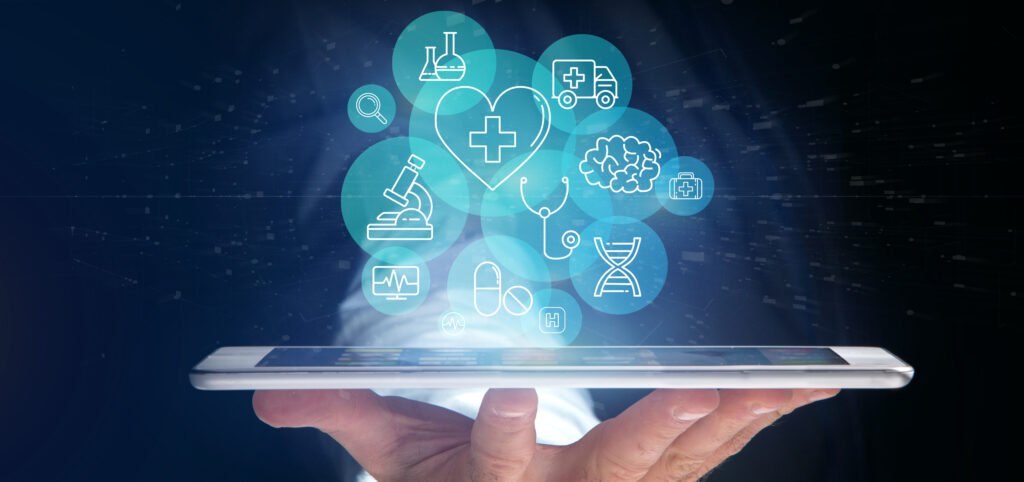Healthcare is such a vast and sprawling industry with so many distinct parts that you could argue that it is not a single industry at all. It is more like an ecosystem of related industries. If you were to map out on a single page all the separate sectors that make up the healthcare industry, you would need a massive piece of paper or a microscopically small font size.
And right there is arguably the starting point for the biggest problem that healthcare has. There are so many parts to this industry, and each sub-industry in healthcare can be like its own separate world. They have their own culture, language, motivations, and politics. The one thing that they have in common is that they have vast amounts of data about human health. For all we know, the answer to every health problem might already be out there, hidden among this vast treasure trove of data, waiting for someone, or something, to see the patterns and connect the dots.
The potential is real enough, but so are the challenges. It’s not unfair to say that most healthcare organizations currently don’t have enough of a handle on their own data, let alone having connections to and understanding outside sources of data. Complex, siloed systems and a lack of data standardization are typical in healthcare-related industries. Unsurprisingly, when people don’t have the right information or relevant information, the quality of patient care, operational efficiency, or revenue growth can suffer.
Tackling the data challenges of healthcare has been central to Apexon’s work for years, with healthcare and related industries now representing over 50% of Apexon’s revenues. Recently we crystallized much of our intelligence into a new accelerator we call HDAP (Healthcare Data Analytics Platform). We developed it because we recognized that although every company in healthcare is unique, not all of their data challenges and opportunities were. So, there are many ways to gain a competitive advantage, using the knowledge that we’ve built into this system.
Here are some examples of what HDAP can accomplish:
- Enabling a rapid move to a technology platform that allows you to leverage, utilize and monetize your data assets
- Supporting standard models such as OMOP for persistent healthcare data, enabling normalization and longitudinal data representation
- Providing ready code for processing standard healthcare data types (HL7, CCDA, DICOM, FHIR, labs, known EMRs)
- Defining key stages for preparing healthcare data for analytics
- Streamlining regulatory healthcare reporting, KPI calculations and leveraging data for research
- Providing a reference implementation built on AWS using platform components enabling Pay-As-You-Go service
- Preventing revenue loss to inaccurate data and identifying opportunities for new patient services
Tackling these fundamental issues can have an impact on many and varied use cases in healthcare. A non-exhaustive list of applications includes care communication & coordination; clinical data mining; clinical decision support; data integration/collective intelligence, data quality management, evidence-based decision support, healthcare data mapping, healthcare data standardization, hospital operations, patient data aggregation, research operationalization, patient data control, patient self-care engagement, performance management, prescription management, process improvement, public health pattern identification, quantitative data analysis/predictions, research data classification, revenue management.
In all walks of business, data is power. Harnessed in the right way, it can deliver a competitive advantage like no other, allowing organizations to deliver the kind of unique and valuable customer experiences that years ago may have seemed impossible. The organizations that capitalize on the power of analytics frequently become the leaders in their industry, and in that regard, healthcare is no different.
To find out more about HDAP or how Apexon can put data to work for your healthcare business in 2020 and beyond, simply fill out the form below.

